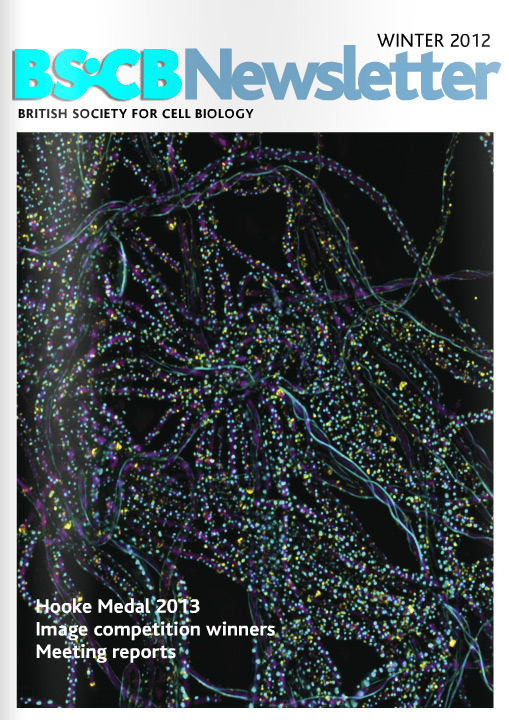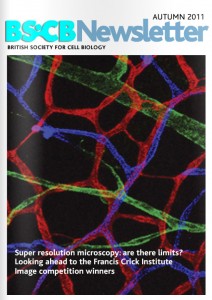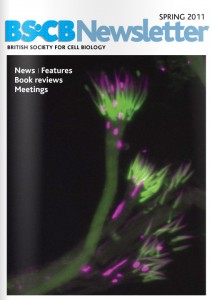Our own worst enemies? Why resistance is not futile, and what that means for cancer research
Sarah Byrne, Imperial College London
When the new millennium dawned, it felt like the future was finally here.
“Is this the breakthrough we’ve been waiting for?” the May 2001 cover of TIME magazine asked. Gleevec pills, golden and bullet-shaped, shone bright against a dark background. The imagery was clear: was this the magic bullet that would cure cancer once and for all?
“I think there is no question that the war on cancer is winnable,” said the director of the Memorial Sloan-Kettering Cancer Center, quoted in the same article.
Gleevec was a new drug to treat chronic myeloid leukaemia (CML), a fatal blood cancer affecting hundreds of people per year in the UK and several thousand in the US. It was also the first of a new generation of ‘targeted therapies’, smart drugs that would precisely target cancer cells. These were to be more effective than traditional chemotherapy, especially for hard-to-treat cancers such as CML, and with fewer side-effects as well.
But problems started to appear. Some patients who were initially responding well started to relapse: their cancer was developing resistance to the new drug. In the following years, several alternatives to Gleevec were developed to treat the drug-resistant cases. And again they initially seemed to work, but eventually the same problem arose. A decade later, that problem remains unsolved.
Resistance has in fact plagued most attempts to develop targeted therapies for cancer. It seems to be an inherent problem of the approach: its greatest strength — the precision targeting of a single gene or protein — is also its weakness. Only a small change or mutation in the cancer cell is necessary to stop it working.
But hasn’t all this happened before? The same rhetoric — ‘magic bullet’, ‘miracle drug’ — heralded the arrival of penicillin. And look at how that turned out.
Resistance is now a well-known problem in bacterial infections. These include the infamous MRSA ‘superbug’ which can now evade most commonly-used antibiotics; including, of course, penicillins. It’s a similar story with viral infections, including HIV: resistance is an increasing concern. Resistance to anti-fungal pesticides is a major issue for agriculture.
It’s not just the tiny things, either. When the disease mxyomatosis was introduced to control the rabbit population in Australia and Europe, it ended up producing a resistant population (‘superbunnies’, maybe?) and numbers began to increase again. It isn’t even strictly limited to living things. Resistance has been observed in prions — the abnormal protein molecules involved in neurological diseases BSE and CJD — which few would define as ‘alive’, though perhaps that definition is becoming less certain.
We do know that resistance is universal; inescapable. Whenever you apply a selective pressure to a population — anything that kills or impairs a large proportion of that population — you favour the survival of those who can resist it. Before long, they become the population.
Cancer cells are no different. They want to survive, to live as long as possible: forever, if they can. They want to be individuals, do their own thing, spread and migrate and colonise, build infrastructure to support themselves; heedless of the damage they cause to the body as a whole. Blind to the fact that they might be killing the host that supports them.
Wait, does that sound familiar?
We often refer to cancer cells as ‘abnormal’, because of the changes in their characteristics and behaviour compared to ‘normal’ healthy body cells. But think of the ancestry of a cell. Once, in a world long before we or any complex animals existed, unicellular organisms — tiny beings each consisting of a single cell — were the norm.
Their descendants are the ‘normal’ cells that make up our bodies. But they’re different now. Obedient and well-behaved; staying quietly in their assigned place in the body. Not taking more resources than are allotted to them. Following orders even to the point of sacrificing themselves willingly for the greater good: the needs of the many outweigh the needs of the few.
Not many of us would relish the chance to live in a society like that. It seems to go against every natural instinct. We want the freedom to travel where we will, to have as many or as few children as we choose, to consume what we want: survive and thrive and pass on our genes. Even if it harms the biosphere that supports us all. That’s our nature, the same as most living things.
So when you think about it, which cells are really the abnormal ones?
And right here is the problem we have come up against. If we didn’t have that drive to live and survive, we probably wouldn’t be trying to cure cancer in the first place. But we can’t have it both ways. If we are to have the imperative to survive, so must other forms of life — our common evolutionary history makes sure of that — and sometimes their needs come in conflict with our own. Usually, of course, we win. But when the conflict comes from within our own bodies, from our own oppressed cells turning freedom-fighter against us? The irony is particularly cruel, and particularly difficult to overcome.
None of this should detract from the advances that have been made. Gleevec was essentially a success story, as was penicillin in its time. For all the problems, Gleevec and its successors have dramatically improved the life expectancy of people living with CML, a report released in December 2012 showed . Every extra year a patient gets to spend with their loved ones, to live their lives as they choose, must count as a win.
But the recurring resistance problem highlights a paradox at the heart of medicine: the strong instinctive compulsion to survive that keeps us fighting disease and death, may ultimately be the same force that keeps us from succeeding. At times, we are quite literally our own worst enemies.



